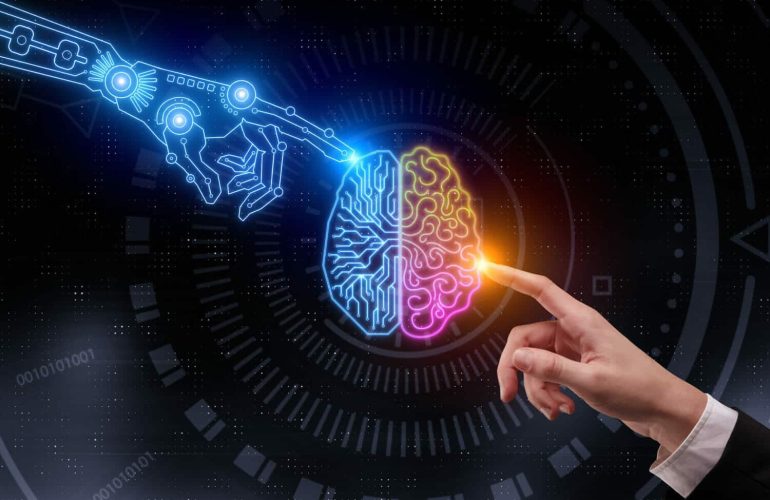Key Takeaways
- Data is essential for HR teams to effectively choose and leverage AI tools.
- Large language models (LLMs) represent a significant advancement for HR, enabling better understanding of language-based data.
- Quality and type of data are crucial in evaluating AI solutions for industry-specific needs.
- Organizing and structuring data is vital for maximizing AI effectiveness and preventing errors in outputs.
- Data privacy and governance are critical, given the sensitivity of HR data.
In the modern landscape of human resources, the advent of artificial intelligence (AI) represents a transformative force. HR teams can now leverage sophisticated tools like large language models (LLMs) to enhance their processes and drive business success. However, the effectiveness of these AI solutions hinges on a fundamental element—data. In this blog post, we’ll explore how HR teams can effectively choose and leverage AI tools by understanding and utilizing data, focusing on the advancements brought by LLMs, the importance of data quality, and the critical nature of data privacy.
The Core Role of Data in AI and HR
Why Data is Crucial
Data is the lifeblood of any AI application, including those in human resources. It forms the foundation upon which AI tools can evaluate, learn, and make informed decisions. For HR teams aiming to integrate AI into their workflows, understanding and leveraging data is not just beneficial—it’s essential.
- Evaluating AI Tools: The quality and relevance of the data used are paramount in assessing different AI solutions. HR-specific language data, compliance considerations, and DEI (diversity, equity, and inclusion) are some areas where data plays a pivotal role.
- Optimizing AI Performance: Highly structured and organized data allows AI tools to function at their best. This minimizes errors and enhances the accuracy of AI outputs, thus preventing misleading insights.
The Rising Influence of Large Language Models (LLMs)
Enhancements in HR Processes
LLMs mark a turning point for HR professionals, especially when their work revolves around processing language:
- Advanced Text Analysis: LLMs possess the capability to understand, interpret, and react to language data with unprecedented nuance, paving the way for more robust HR tasks.
- Applications in HR: From screening resumes to analyzing employee feedback, LLMs add a layer of analytical power once confined to quantitative data.
Building a Robust Data Infrastructure
Organizing for Success
For AI solutions to deliver accurate and actionable insights, data organization is key:
- Data Structuring: Centralizing data assets, standardizing formats, and ensuring metadata consistency are foundational steps HR teams must undertake.
- Data Readiness: Investing in clean and accessible data infrastructures will safeguard against unreliable AI outputs and support trust-building across the technology spectrum.
Navigating the Complexity of Data Privacy and Governance
Given that HR departments are custodians of some of the most sensitive organizational information, maintaining robust privacy measures is a non-negotiable aspect:
- Security Compliance: AI systems must align with international data protection laws, ensuring that personal data remains secure, transparent, and compliant.
- Ethical Nuances: AI solutions must be attuned to the cultural and ethical contexts inherent in HR practices to avoid biased or unfair outcomes.
The integration of AI in human resources is an exciting frontier that promises to elevate decision-making, minimize administrative burden, and improve the overall employee experience. At the heart of this transformation is the strategic use of data—understanding it, organizing it, and ensuring its privacy. As HR teams navigate this landscape, they must remain vigilant about how their data ecosystems feed into AI solutions, ensuring alignment with organizational goals and ethical standards.




